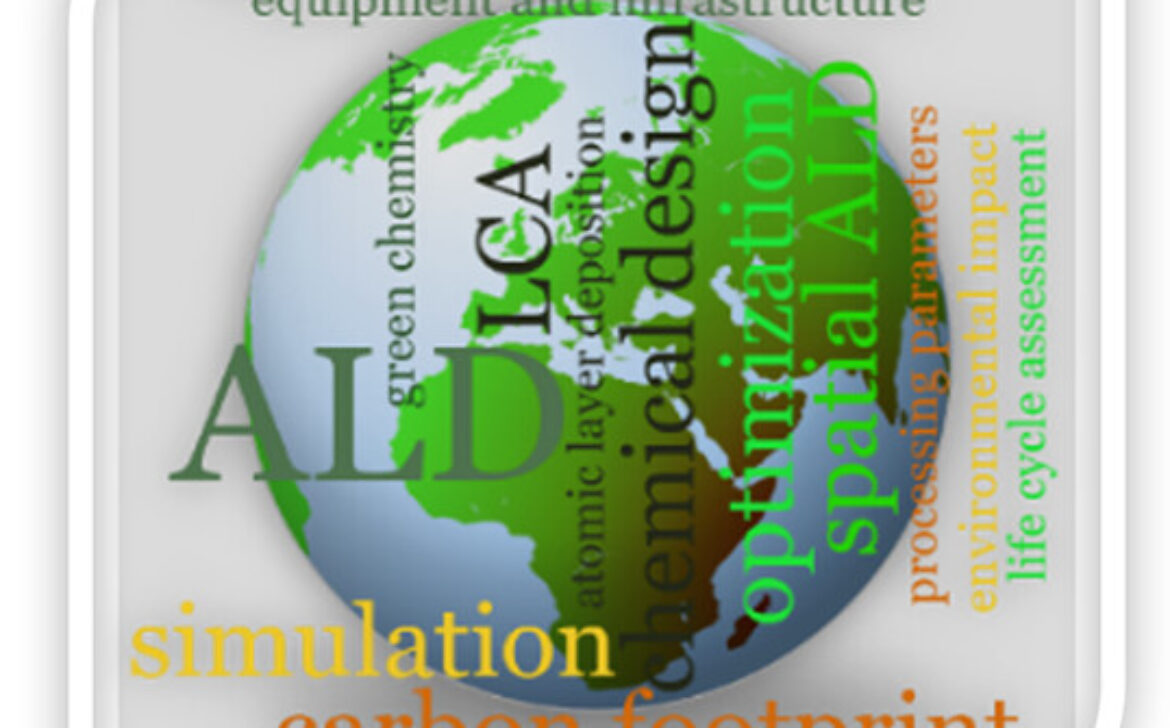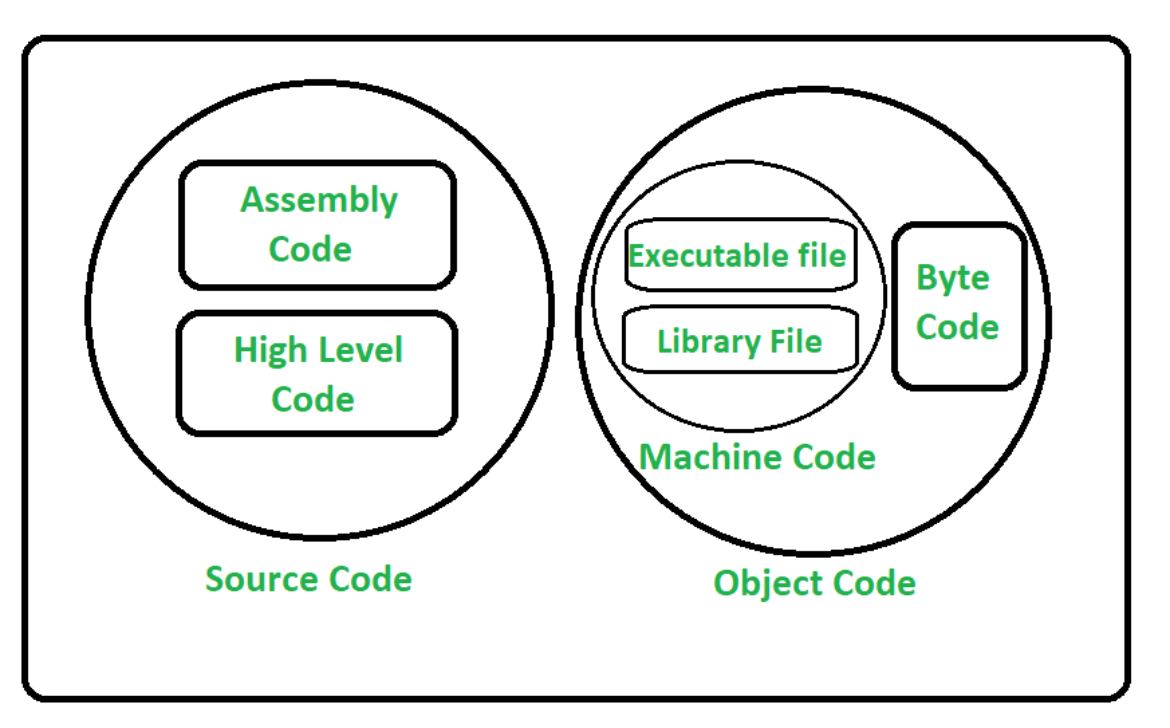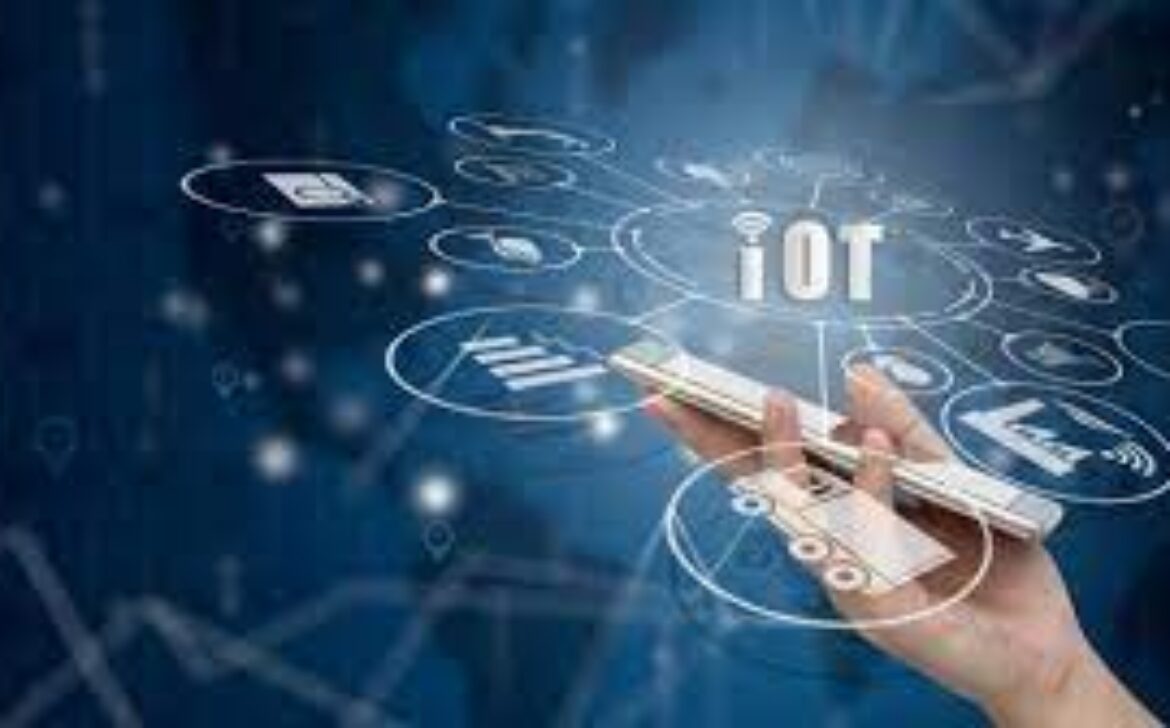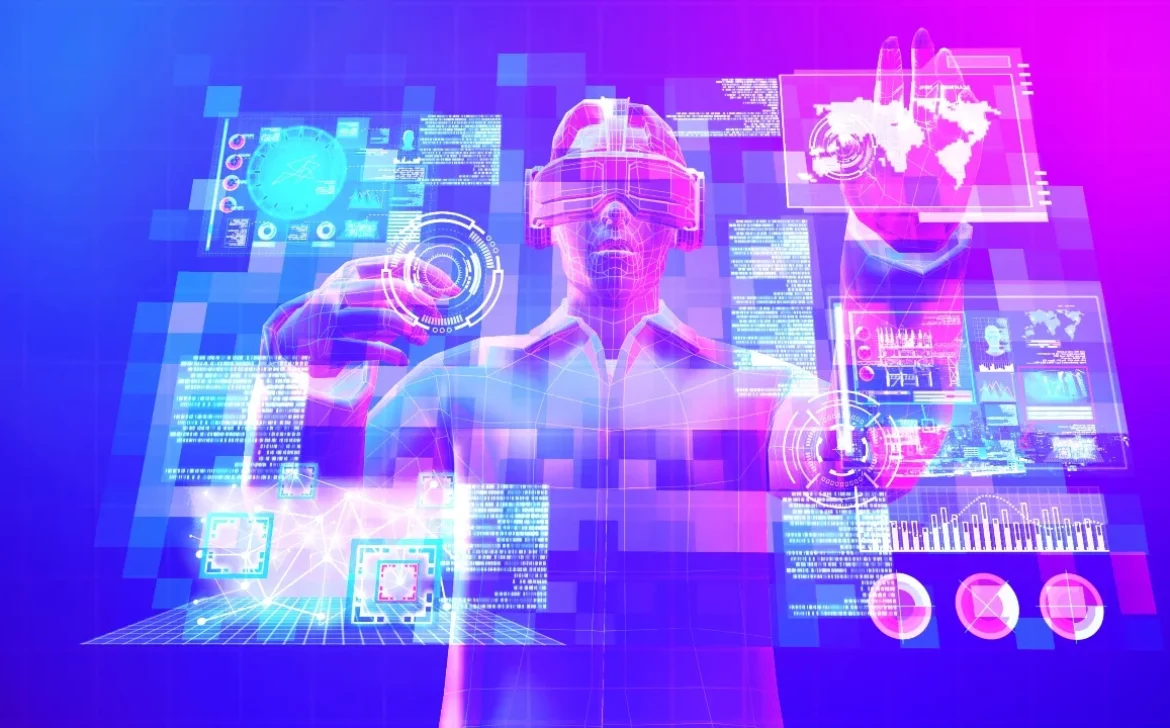Balancing Act: Assessing the Environmental Impact of Technology
Introduction
The rise of technology has transformed nearly every aspect of our lives, from how we communicate to how we work and interact. While technology brings convenience and efficiency, it also raises important questions about its environmental impact. In this blog, we’ll explore the complex relationship between technology and the environment, delving into both the positive and negative effects that technology has on our planet.
- Positive Impact: Sustainable Innovations
Technology has the potential to drive sustainable innovations that benefit the environment. Renewable energy sources like solar panels and wind turbines have become more efficient, reducing our reliance on fossil fuels and decreasing greenhouse gas emissions.
- Energy Efficiency
Advancements in technology have led to more energy-efficient appliances, vehicles, and buildings. Smart thermostats, LED lighting, and hybrid vehicles contribute to lower energy consumption and reduced carbon footprints.
- Environmental Monitoring and Conservation
Technology aids environmental monitoring and conservation efforts. Sensors, satellites, and data analytics provide real-time information on air quality, deforestation, wildlife migration, and more, allowing for informed decision-making.
- Virtual Solutions and Reduced Travel
The digital age has brought virtual meetings, telecommuting, and online shopping, reducing the need for physical travel. This has the potential to decrease traffic congestion, fuel consumption, and carbon emissions.
- E-waste and Resource Depletion
However, the rapid pace of technological advancement has led to the generation of electronic waste (e-waste). Improper disposal of electronics poses environmental hazards due to toxic components, contributing to resource depletion and pollution.
- Energy Consumption of Data Centers
Data centers that power the digital world consume vast amounts of energy. Cooling systems and server operations contribute to high energy consumption, raising concerns about the environmental impact of cloud computing.
- Digital Divide and Ecosystem Disruption
While technology brings benefits, it also exacerbates the digital divide, leaving marginalized communities behind. Additionally, the extraction of rare minerals for electronics can disrupt ecosystems and lead to social and environmental issues.
- Technological Solutions to Environmental Problems
Technology can offer solutions to environmental challenges. Innovations in water purification, waste management, and sustainable agriculture hold the potential to mitigate environmental issues.
- Consumer Behavior and Conscious Choices
Individuals can influence the environmental impact of technology through their consumption choices. Supporting eco-friendly products and companies that prioritize sustainability can drive positive change.
- Striking a Balance
The impact of technology on the environment is multifaceted. Striking a balance between technological progress and environmental preservation requires collaboration among governments, industries, and individuals.
Conclusion
Technology presents a paradox: while it offers innovative solutions to environmental challenges, it also contributes to pressing issues like e-waste and energy consumption. The key lies in harnessing technology’s potential for positive change while minimizing its negative consequences. By prioritizing energy efficiency, responsible e-waste management, and sustainable innovations, we can create a future where technology and the environment coexist harmoniously. As we navigate this complex landscape, conscious decisions, thoughtful innovation, and a shared commitment to safeguarding our planet will pave the way towards a more sustainable and technologically empowered future.










